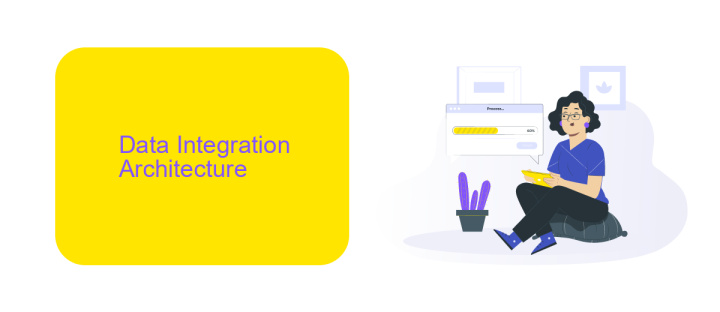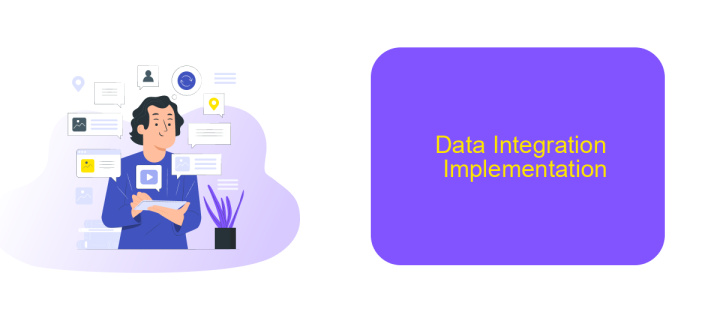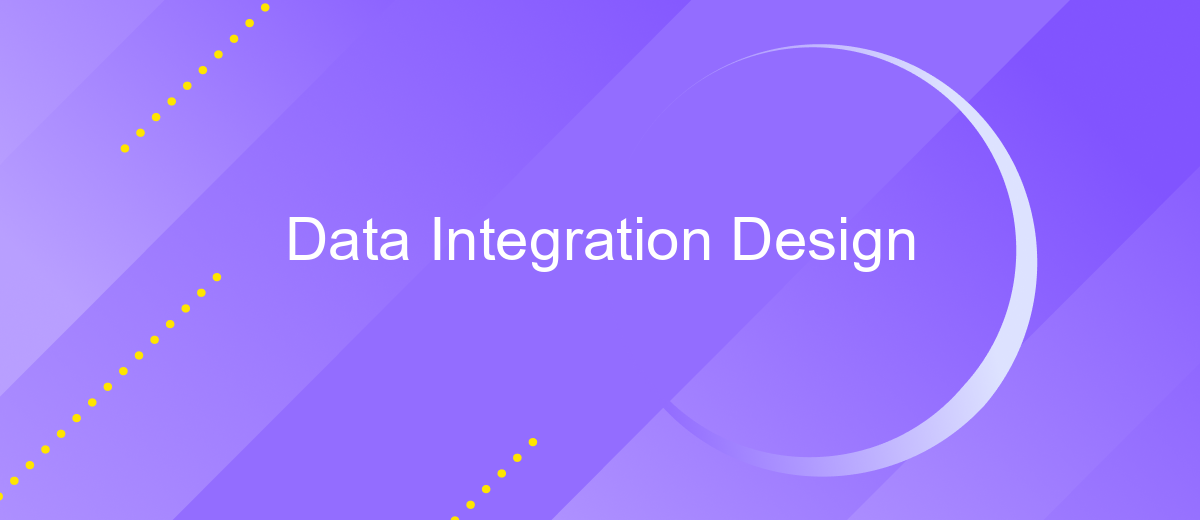Data Integration Design
Data integration design is a critical aspect of modern business intelligence, enabling organizations to combine data from various sources into a unified view. This process enhances data accuracy, consistency, and accessibility, facilitating informed decision-making. Effective data integration design ensures seamless data flow, supports real-time analytics, and drives operational efficiency, making it indispensable for data-driven enterprises.
Introduction
Data integration design is a critical aspect of modern business operations, enabling seamless data flow between diverse systems and applications. Effective data integration ensures that information is consistent, accurate, and accessible, thereby enhancing decision-making and operational efficiency. As organizations increasingly rely on a multitude of software solutions, the need for robust integration strategies has never been more pronounced.
- Ensure data consistency across platforms
- Improve data accessibility for better decision-making
- Enhance operational efficiency through seamless data flow
- Leverage integration services like ApiX-Drive for simplified setup
Tools like ApiX-Drive play a pivotal role in simplifying the integration process, offering user-friendly interfaces and extensive compatibility with various applications. By automating data transfer and synchronization, these services help businesses save time and reduce errors, allowing teams to focus on more strategic tasks. As we delve deeper into the intricacies of data integration design, it becomes evident that choosing the right tools and strategies is essential for maximizing the value of your data assets.
Data Integration Architecture

Data integration architecture is a critical component in modern data management, enabling seamless data flow between disparate systems. It involves designing a framework that allows for the efficient extraction, transformation, and loading (ETL) of data from multiple sources into a unified repository. This architecture must ensure data consistency, accuracy, and real-time processing capabilities to support business intelligence and analytics. Key elements include data connectors, middleware, and APIs that facilitate communication between various data sources and destinations.
One effective approach to simplify data integration is leveraging services like ApiX-Drive, which offers pre-built connectors and automation tools. ApiX-Drive enables users to easily set up integrations without extensive coding, reducing the time and effort required for manual data handling. By utilizing such services, organizations can streamline their data workflows and ensure that data is readily available for decision-making processes. The architecture should also include robust security measures to protect sensitive data during transmission and storage, ensuring compliance with regulatory standards.
Data Integration Tools and Technologies

Data integration tools and technologies are essential for combining data from different sources into a unified view. These tools facilitate seamless data flow and ensure compatibility between disparate systems, enhancing overall data quality and accessibility.
- ETL Tools: Extract, Transform, Load (ETL) tools like Apache Nifi and Talend help in extracting data from various sources, transforming it into a usable format, and loading it into a target database.
- API Integration Platforms: Platforms such as ApiX-Drive simplify the process of connecting various applications and automating workflows without requiring extensive coding knowledge.
- Data Virtualization Tools: Tools like Denodo and Red Hat JBoss Data Virtualization provide a virtual layer to access and manage data without moving it from its original source.
- Data Replication Tools: Solutions like HVR and Qlik Replicate ensure real-time data replication across different databases and systems.
Choosing the right data integration tool depends on the specific needs of your organization, including the volume of data, the complexity of data transformations, and the existing IT infrastructure. Utilizing platforms like ApiX-Drive can significantly streamline the integration process, making it easier to manage and automate data workflows efficiently.
Data Integration Implementation

Implementing data integration involves several critical steps to ensure seamless connectivity and data flow between disparate systems. The first step is to assess the data sources and destinations, understanding their formats, protocols, and any specific requirements they may have. This foundational knowledge is essential for designing an effective integration strategy.
Next, it's crucial to select the appropriate tools and technologies for the integration process. ApiX-Drive, for instance, is a powerful service that simplifies data integration by providing pre-built connectors and an intuitive interface. This tool can significantly reduce the complexity and time required for setting up integrations, allowing businesses to focus on leveraging their data effectively.
- Identify data sources and destinations
- Choose the right integration tools
- Configure data mappings and transformations
- Test and validate data flows
- Monitor and maintain integrations
After configuring the necessary mappings and transformations, it's essential to thoroughly test the data flows to ensure accuracy and reliability. Continuous monitoring and maintenance are also vital to address any issues promptly and to adapt to any changes in the data sources or business requirements. By following these steps, organizations can achieve a robust and efficient data integration implementation.
- Automate the work of an online store or landing
- Empower through integration
- Don't spend money on programmers and integrators
- Save time by automating routine tasks
Best Practices and Considerations
When designing data integration solutions, it's crucial to ensure data accuracy and consistency across all systems. Start by defining clear data governance policies, including data quality standards and validation rules. Utilize robust ETL (Extract, Transform, Load) processes to manage data flow and transformation between different sources. Additionally, prioritize security measures such as encryption and access controls to protect sensitive information during integration.
Leveraging automation tools like ApiX-Drive can significantly streamline the integration process. ApiX-Drive allows seamless connection between various applications and services without the need for extensive coding, reducing the risk of errors and saving time. Regularly monitor and audit your integrations to identify and resolve any issues promptly. Finally, ensure scalability by designing your integration architecture to accommodate future growth and changes in data volume and complexity.
FAQ
What is data integration design?
Why is data integration important for businesses?
What are the common challenges in data integration design?
How can I automate data integration processes?
What are the best practices for designing a data integration solution?
Time is the most valuable resource in today's business realities. By eliminating the routine from work processes, you will get more opportunities to implement the most daring plans and ideas. Choose – you can continue to waste time, money and nerves on inefficient solutions, or you can use ApiX-Drive, automating work processes and achieving results with minimal investment of money, effort and human resources.


